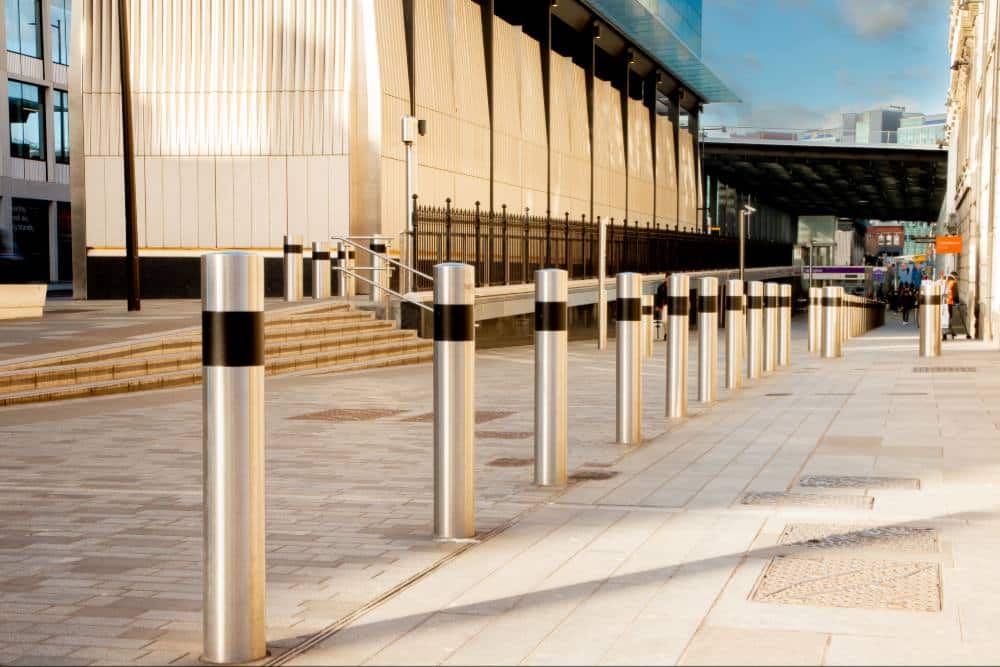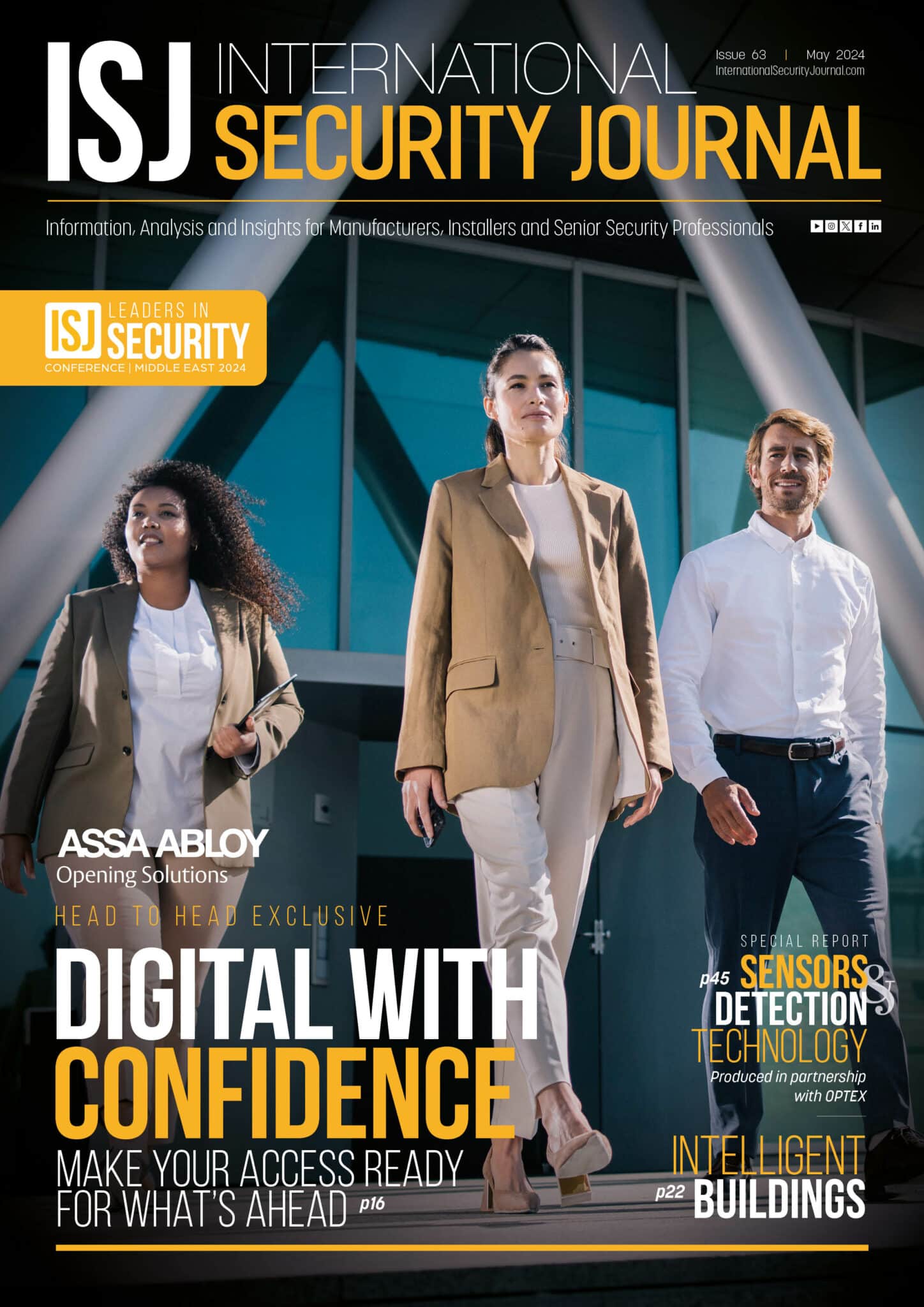Transport security: A bespoke response


James Thorpe
Share this content
Lucy Ketley, Marketing and Sales Director, ATG Access explores the process of successfully managing transport infrastructure security with multiple stakeholders.
The protection of people and infrastructure from terrorism is a priority for government and transport operators.
Transport hubs can be categorised as both critical infrastructure and as publicly accessible locations, thus creating a multi-layered risk in the face of acts of terrorism and criminal activity.
With such a high potential threat profile and a lot of moving parts, designing adequate security involves thinking about the situation as a whole and bringing stakeholders into the conversation as early as possible.
Challenges to consider
In order to design an appropriate protection solution, we have to take into consideration the specific challenges that rail and transport infrastructure faces: From the type of threats to the individual conditions that make protecting stations more challenging.
Stations are often in town or city centres, many are over a century old and the built environment surrounding them tends to have been encroached upon them over time, restricting space for physical deterrents.
The very nature of railway stations means crowds gather both inside and outside the main buildings, providing one possible target; beyond the façade is critical transport infrastructure such as railway tracks and trains, offering a second.
Each site brings different challenges.
And, whether it’s having to consider if security features are aesthetically acceptable or dealing with physical challenges (such as underground ticket halls or a plethora of underground utility services), each station necessitates a bespoke response.
The solutions for transport infrastructure
Understanding the issues that each station faces when there is no ‘one-size-fits-all’ approach means good stakeholder engagement is vital.
A typical British station will have a management team, will be owned by Network Rail, may have rail operators, TfL or TfGM, commercial entities, designers/architects, installation contractors and a security consultant as stakeholders.
All of whom want the same end goal of public safety and security, but with different priorities and visions of how to achieve that.
With very different operational elements to a station and a wide possible range of stakeholders, it’s imperative to view everything as interconnected.
Consider the façade – typically this is where people will congregate inside and out, along with shops, cafés and restaurants.
But there will be vehicle drop-off points, taxi ranks and other vehicular access to make deliveries for retail outlets etc.
The rear of the same station will likely have separate vehicular access requirements to handle the logistical requirements of the train operators – they also need stock, maintenance vehicles and so on.
There is also the added requirement to keep pedestrians and vehicles away from rail tracks (whether they are merely trespassing or have graver intentions).
And all of these elements, although disparate, are very connected.
Building a complete picture of all potential vulnerabilities and considering the intersections of people/vehicles coupled with the different operational elements of a station is the most appropriate way to show what is required for the security ecosystem.
If done correctly, it is also the most appropriate way to bring stakeholders along for the journey and tends to make for more straightforward project management by facilitating good and open communication.
How ATG provides transport security
An example that spans the entire range of issues discussed in this article is Kings Cross and St. Pancras stations, UK, which is made yet more complex thanks to the historic St. Pancras Hotel nestled between the two.
With the three elements so close to each other, yet so distinct stylistically, blending aesthetics with adequate protection meant a range of crash tested products had to be used and a new one developed.
As an interconnected transport hub, we also had to take into account the London Underground.
With the TfL ticket hall only a short depth below surface installation level, our team needed to develop crash tested shallow-mount bollards which work without deep foundations; an added benefit was the speed with which they can be installed, keeping disruption to a minimum.
The project also included an aesthetic-security balance taken to its extreme; St. Pancras is a traditional UK railway station, complete with heritage architecture and the Grade 1 listed hotel.
While Kings Cross is a much more modern building with a sleek design fit for the 21st Century.
Our team had to incorporate this transition into its designs and, with the stations being so close together, making sure that we got this right was crucial to ensuring the overall aesthetic worked.
We used heritage bollard designs outside St. Pancras with a modern stainless steel finish outside Kings Cross, which bridged the gap while keeping the public communal areas as safe as possible.
Critical to the success of this project as well as many others is early stakeholder engagement.
The sooner all stakeholders are identified and discussions can begin, the better chance that security, aesthetics and operational requirements will all be successfully delivered to ensure a comprehensive and far reaching scheme.


